Hi All
Sunday 29th November saw myself and members of the RRPG digging a site that I had dug before, (on my own), but this time I had organised permission for the group to attend. Unfortunately it was too short notice for some, but those that did attend had some great finds. This permission is land that was used at the end of the war to dispose of large amounts of ordnance. When I say dispose, I mean 'blow-the-crap-out-of'! Basically, we have learnt that, at the end of the war, the ordnance left at all the local ammo dumps was gathered in one location. Once a day for two weeks, large portions of this stock was placed in a deep pit and blown up, in the traditional 1940s method of recycling. It is the site of these disposals where we were searching, and the finds were plentiful! Some great relics, and ones that I didn't have examples of in my collection, so it was a great day!
No before cleaning shots today, just after.....
Fuzes from the Mk V Britishanti-tank mine. No 3's and one No 2 (bottom middle).
Markings on the edge of the fuzes show a lovely date.....
Tile breaker off a British 4lb incendiary bomb. Incendiary bombs were useless if they landed on a roof as they wouldn't set fire to the house, so they attached this solid iron 'tile breaker'. The bomb hits the roof, smashes through the tiles, (hence 'tile breaker'), and sets fire to the house.
Bottom off a 20mm Oerlikon cartridge
Booster tubes and one complete booster. These are used to set off large calibre artillery shells. A standard blast cap isn't enough, so the blast cap set off the booster, which then set off the main charge.
Markings on the booster, showing it to be a No 11
Evidence of the explosions. These are the bottoms of 40mm cartridge cases. We found hundreds of pieces of shell case over the whole area, but these are the only identifiable bits.
Markings on the 40mm bases....
Lastly, two PDF M111A fuzes from artillery shells. A very unusual fuze
Hope you like the finds
RRPGInformation

Warning: This is a relatively older thread
This discussion is older than 360 days. Some information contained in it may no longer be current.
- Knowledge Library

- MKL Entry of the Month
- Australia
- Austro-Hungarian Empire
- Canada
- Czechoslovakia
- Denmark
- Finland
- France/Belgium
- Germany
- Italy
- Japan
- Norway
- Russia
- South America
- Sweden
- Switzerland
- Turkey
- United Kingdom
- United States
- Yugoslavia
- Is my rifle authentic or a fake?
- Jay Currah's Lee Enfield Web Site
- On-line Service Records (Canada)
- Technical Articles/Research
- Forum
- Classifieds

- What's New?
-
Photo Gallery

- Photo Gallery Options
- Photo Gallery Home
- Search Photo Gallery List
-
Photo Gallery Search
- Video Club

- iTrader











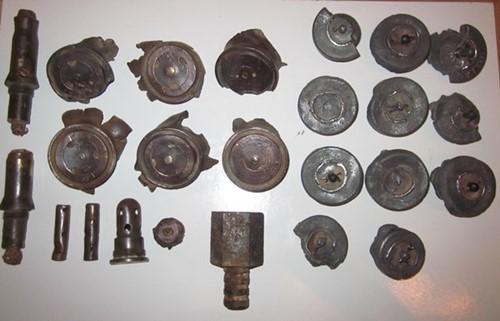
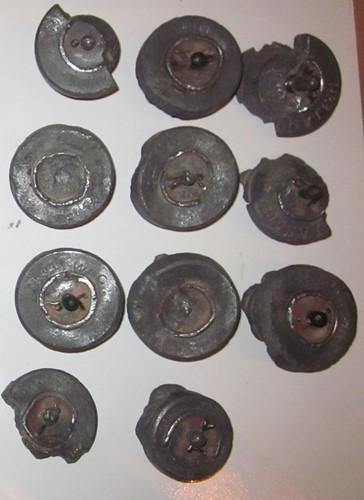
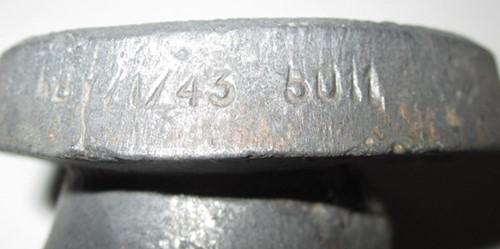
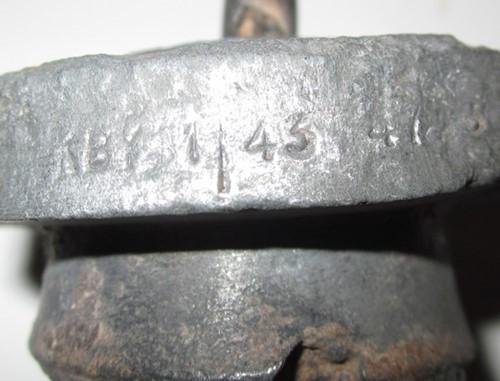
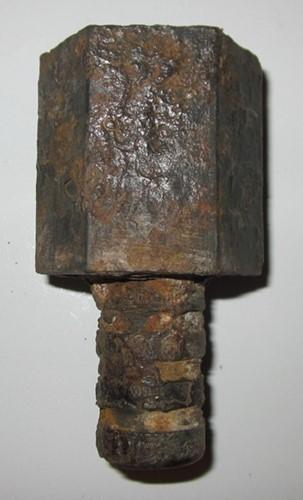
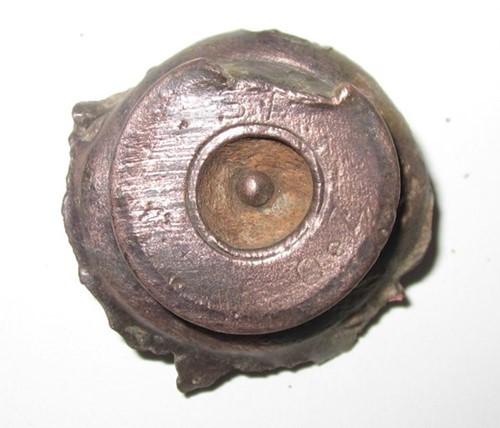
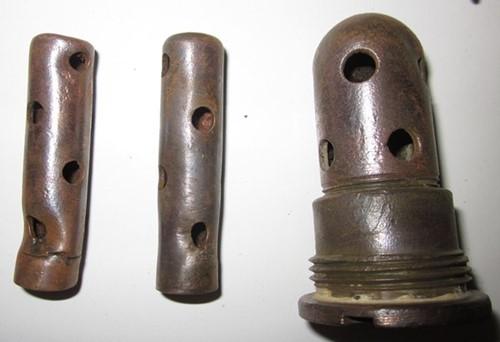

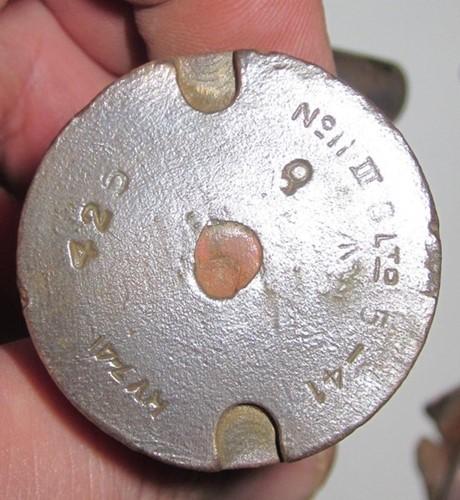
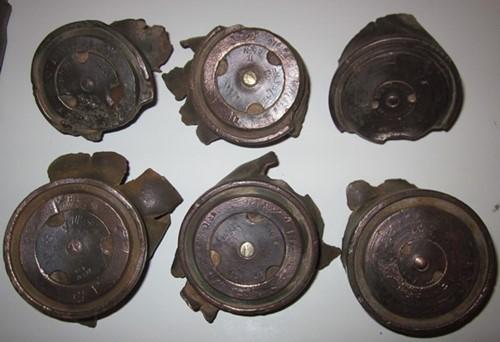
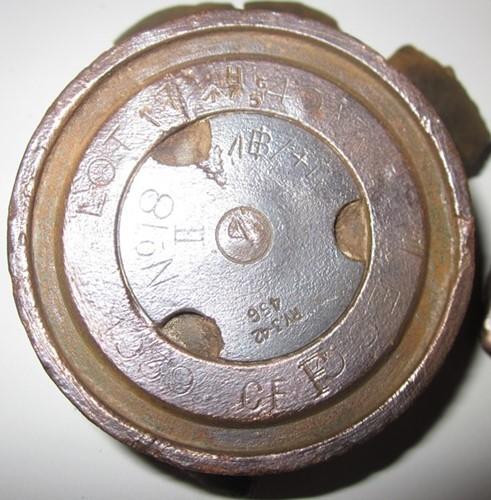
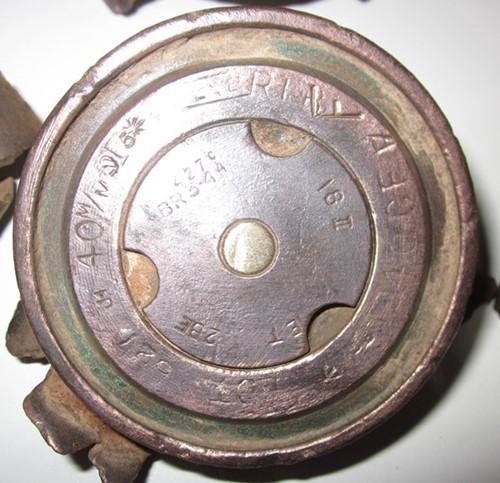
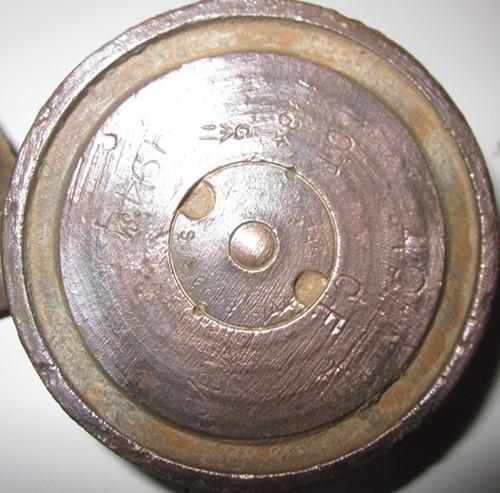
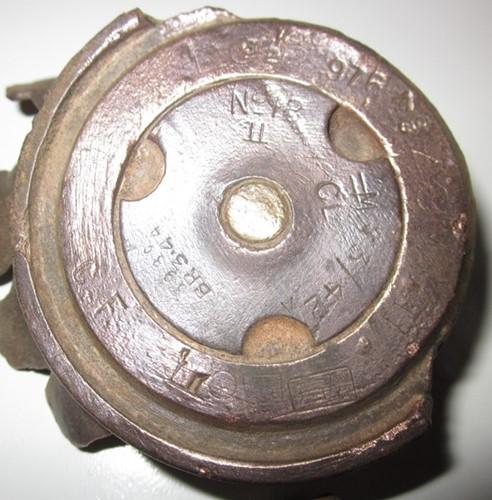
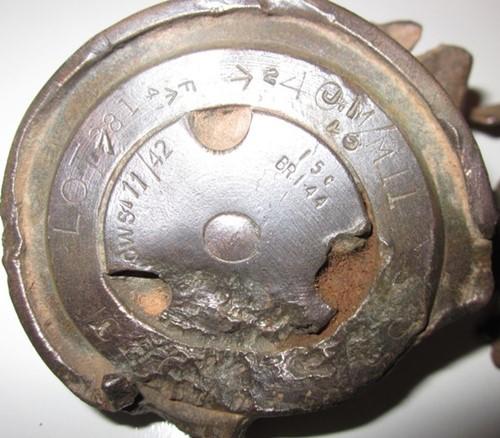
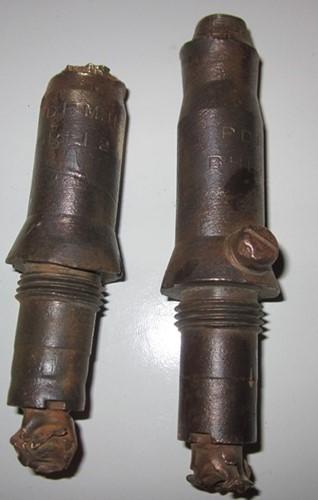
 PM
PM



